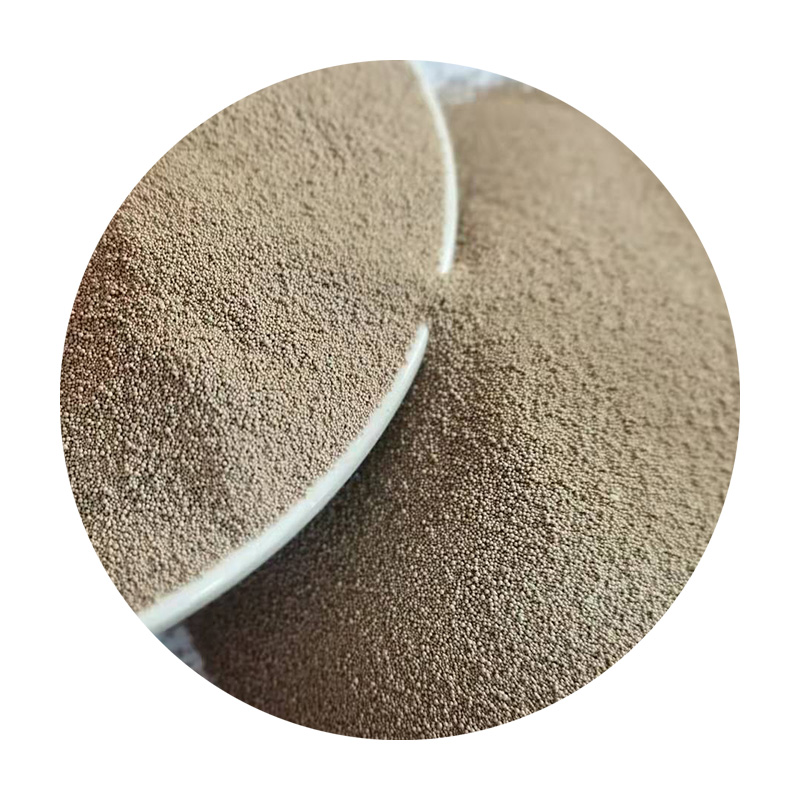The Benefits of Wet Sanding 3D Prints A Comprehensive Guide
3D printing has revolutionized the way we create objects, enabling quick prototyping and intricate designs that were once unimaginable. However, achieving a smooth finish on 3D printed parts can be a challenging task. Traditional sanding techniques often leave prints looking rough or uneven. A preferred technique among professionals and hobbyists alike is wet sanding. This article explores the benefits of wet sanding 3D prints and provides a step-by-step guide to mastering the technique.
What is Wet Sanding?
Wet sanding is the process of sanding a material while it is submerged in water or applying water as a lubricant during sanding. This technique is notably used in industries such as automotive and woodworking, but it has also found its application in post-processing 3D prints. The main purpose of wet sanding is to minimize dust production and reduce the risk of damage to the print.
Why Choose Wet Sanding for 3D Prints?
1. Minimized Dust One of the significant advantages of wet sanding is the substantial reduction in dust generated during the sanding process. Traditional dry sanding can create a mess, causing cleanup difficulties and potential respiratory issues. Wet sanding keeps dust particles contained and makes for a cleaner working environment.
2. Smoother Finish Wet sanding provides a finer finish compared to dry sanding. The water helps lubricate the sanding surface, allowing for more even material removal. This leads to smoother surfaces and a better overall appearance of your 3D prints, thus enhancing their aesthetic appeal.
3. Reduced Heat Generation Sanding generates heat, which can adversely affect the integrity of the plastic in 3D prints. Wet sanding helps dissipate heat effectively, preventing warping and cracking. This is particularly important for materials like PLA and ABS, which can be sensitive to heat.
4. Longer Sanding Tool Life Using water as a lubricant decreases the wear and tear on sanding materials. Sandpaper lasts longer when used wet, making it a cost-effective solution over time.
5. Improved Control The application of water during the sanding process can improve your tactile feedback, leading to better control over the sanding effect. This means you're less likely to accidentally oversand a particular area.
How to Wet Sand 3D Prints A Step-by-Step Guide
Materials Needed
- 3D printed part - Sandpaper (various grits 400, 800, 1200) - A container with water - A soft cloth or sponge - Safety goggles and mask (if necessary)
wet sanding 3d prints

Step 1 Choose the Right Grit
Start with a lower grit sandpaper (around 400) to eliminate any rough spots, and gradually move to higher grits like 800 and 1200 for a smooth finish. The progression through grits is essential for achieving the desired smoothness.
Step 2 Prepare Your Workspace
Fill a container with enough water to submerge your 3D print or create an easily accessible area to sand. Ensure you have all your materials within arm’s reach to keep the process efficient.
Step 3 Wet the Sandpaper
Before you begin sanding, wet your sandpaper with water. This step is crucial as it helps reduce friction and mitigates the heat generated during the sanding process.
Step 4 Start Sanding
Gently sand your print in a circular motion, applying light pressure. Be mindful of the details and features of your print; it’s better to take your time than to over-sand. Dip the sandpaper back in water regularly to keep the surface lubricated.
Step 5 Clean and Inspect
After sanding with each grit, rinse the part under running water to remove any debris. Inspect the surface to determine if further sanding is necessary. Repeat the process with higher grits until the desired finish is achieved.
Conclusion
Wet sanding is an effective and efficient technique for post-processing 3D prints. By minimizing dust, providing a smoother finish, reducing heat generation, and extending the life of your sanding tools, wet sanding can elevate the quality of your 3D printed parts. Whether you’re a seasoned professional or a hobbyist, incorporating wet sanding into your workflow can enhance your 3D printing experience and produce stunning results. Embrace this technique to bring out the best in your creations!
Post time:ನವೆಂ . 09, 2024 00:23
Next:Alternative Techniques for Sanding and Finishing Resin Projects
